Edit: looking back at this post from a few years back, it does look incredibly naive but still leaving this up - still a a few good links
Back in the (not-so-distant) days, if you wanted to have some online software — to manage your invoices or your customers — or any kind of business management solution — you had to have your own servers for your company and install-and-configure the hell out of it.
But then, SaaS came along (cloud solutions of all kinds) which started out of a general observation that people like instant-one-click-software things and if we could simplify it for them and break down the cost of the licence to a simple monthly subscription, shit would sell better.
That’s basically the concept behind every SaaS software out there : get your software running hands-on with no hassle, just pay us 49.99 a month on a 1 years contract locked in (ok, it’s not always that bad, but we’re going to crunch some numbers in a minute and you’ll see it is not sooo cheap either in the end.)
That’s how Basecamp, Asana, Trello, Freshbooks, Quickbooks, Salesforce, Dropbox, Insightly, Hubspot, Slack and countless others are rolling.
TL;DR : it used to be hard. The cloud came along and made it easy. amen
Easy is not cheap
For B2C solution, it makes tons of sense to have a subscription based, pay-as-you-go software — because you have many one of two, and they are pretty cheap (Netflix, Dropbox maybe Spotify… and you’re done, right?)
From a B2B standpoint however, I have more and more issues swallowing that blue p(b)ill.
Let’s run the following scenario:
if you are a 5 people business (so not that big) and you run some project management software, let’s say Assana, Google Business for your emails, an online quote solution, let’s take QuoteRoller, and you have a shared Dropbox solution for your team, and obviously you have a website.
That’s a simple set up for cloud collaboration:
- Email/Online documents —** Google For Business **— $5 per user per month — so that’s $25 / Month
- QuoteRoller — for invoicing / proposals / etc. that’s 19$ per user per month / so that’s an other 100$ per month for all your team.
- Dropbox — one shared hard drive for the team — accessible on your phone, and everyone’s laptop — $10 per user per month — $50 every month
- The accounting software, just one user will need to access it, so let’s roll with $20 per month.
- And our project management solution, we said Asana, so let’s go with $10 per user per month — that’s *just* $50
- And finally, the web hosting, a cheap solution starting at $8 a month (just made that one up but that would be a cheap shot — even if you can obviously find cheaper)
- A total of a whopping $253 of cheap-ass licence for a basic software to operate a small 5-people business.
That is *not* cheap!
When you look at the cost to simply have your own dedicated server — which for 5 people business and simple website for local customers would be fine at $20 a month.
Now, where will you go to take the software… because that’s what you buy when you go SaaS.
The alternative : OSS FTW!
In the past 10 years, a considerable amount of work was done to develop and grow open source cloud solutions.
WordPress — the open source CMS to manage your website — is the most commonly known.
WordPress was one of the first really usable Open Source software, but today you have a larger choice of software available.
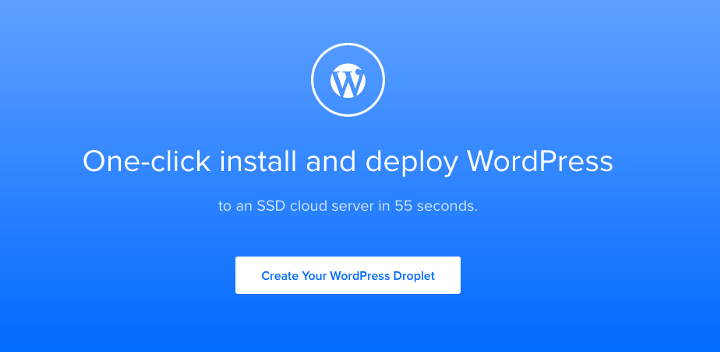
And just like WordPress is available today with a one-click install, there are no reasons why all this great software (which we’ll cover in a sec) cannot be installed also with one-click install.
Introducing the OSS Business Suite
So, which great software are we talking about?
Let’s do a quick review of a bunch of options you have available, mostly for businesses (as this the focus of this article).
InvoiceNinja
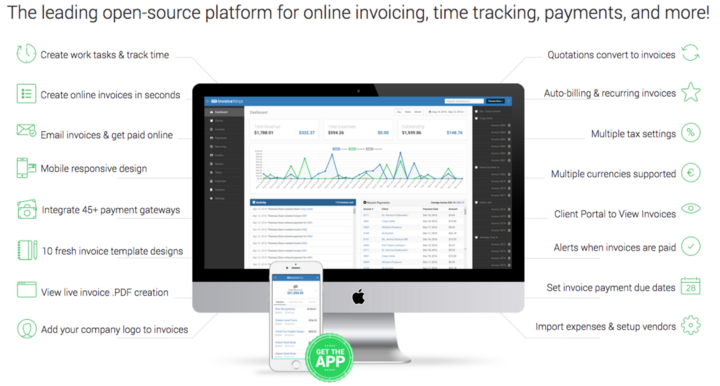
InvoiceNinja give me the feel they want to be the WordPress of invoicing software. They have a .com site where you can get a free setup and a paid one, and a .org site where you can get the open source self-hosted version (https://www.invoiceninja.org/)
Feel very kinda similar to WordPress.com and WordPress.org set up (where you get a free — premium — site hosted at wordpress.com but you can get the source code and install it at WordPress.org).
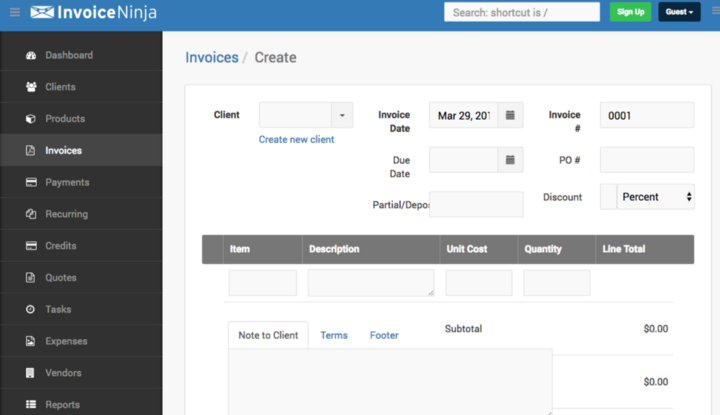
The software itself is very smooth, very nice UI/UX, not the usual crappy stuff and much better than many closed-source software out there in terms of interface but also in terms of functionality.
You should check their demo.
Your CRM needs with SuiteCRM
SuiteCRM is an evolution of SugarCRM, an open source CRM solution that was quite popular a few years ago but that was very quickly left out by the mothership of SugarCRM and therefore wasn’t was attractive anymore.
SuiteCRM has picked up the challenge to rebuilt SugarCRM to its ancient glory and has made significant work to make it more usable.
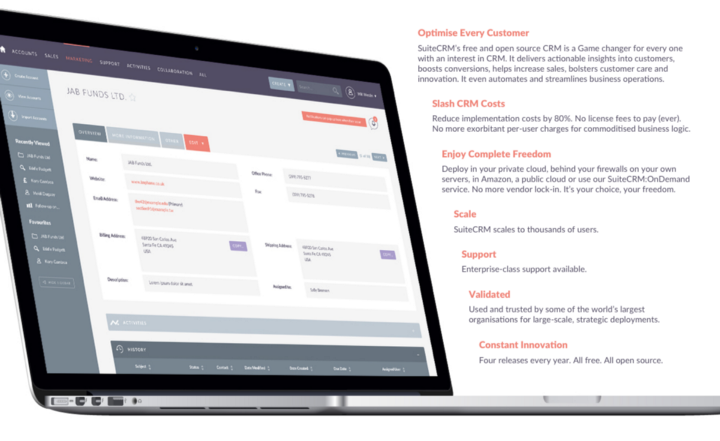
They live of training and consulting so they don’t have much doc available, but there is a great community and SugarCRM itself has a lot of documentation.
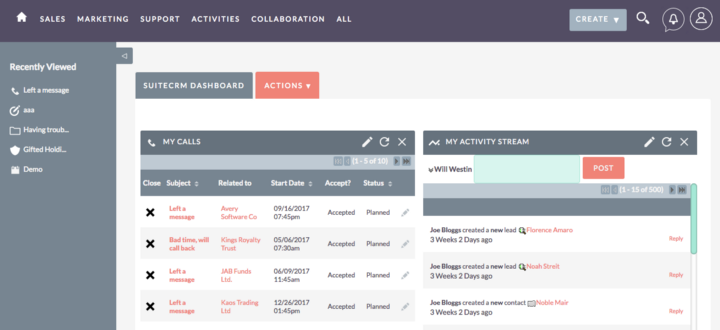
And honestly, it is really not that hard to use.
Now, if you want an enterprise level CRM with single-sign-in — you can easily add functionalities that still would be cheaper than a SaaS version of SugarCRM.
If it is on your server, it’s yours, you own it. You manage it, and you add to it whatever you want.
Mautic — Marketing Automation
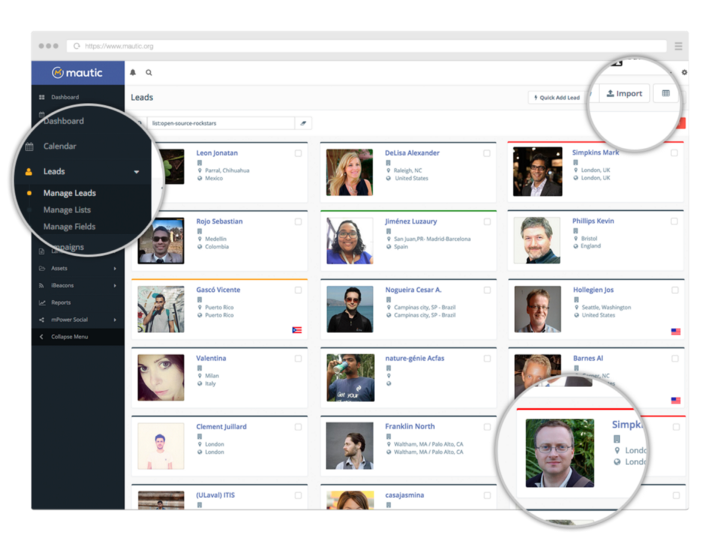
So you know Hubspot if you are in the Marketing industry. Well Mautic is a bit like HubSpot but open source and free. or, well… quite the same… ok the comparison is more for the sake of illustration.

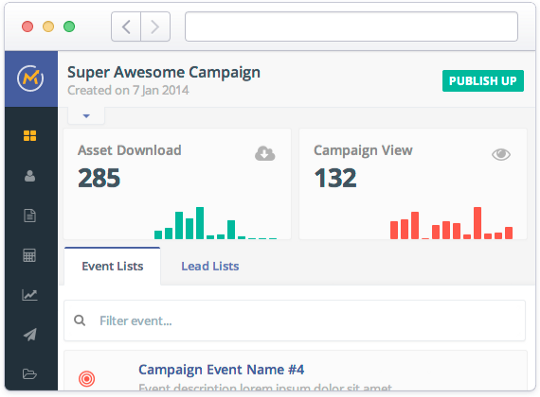
What’s certain is that Mautic is a flexible open source marketing automation software including interesting data collection tools and segmentation based on engagements and point of contacts.
- It does has a few nice features
- A/B Tests
- Automated Drip Marketing
- Email Marketing
- CRM Integration
- Event Management
- Landing Page & Form Creator
- Contact Analysis
- Contact Management
- Contact Scoring
- List Management
- Smart Contact Capture Forms
- Social Media Integration
- Web Activity Monitoring
- CMS Integration
- Multiple Email Service Providers
- eCommerce Integration
Very smart.
Worth checking.
Project Management — Open Project
OpenProject is like Asana but open source (and yes, if you are more into trello-like, you can go and check RestyaBoard)
Open Project has pretty much everything any organisation that need project management would need.
So have a look, really worth it.
Now, imagine a hosting provider who would give you in just one click — your website with WordPress but also your project management system and your CRM and your invoicing solution, all this for a fixed price.
Not bad, uhm..
Slack alternatives — Mattermost & RocketChat
Mattermost and Rocketchat are two alternatives to the very popular internal chat software who’s main promised was to make email obsolete.
While we can debate if Slack is reaching its purpose or not, one thing is sure : people like to chat internally and Slack is nice.

Why go self-hosted instead of using slack… well why not? If you have this in a few clicks just like Slack to the difference that you own the whole thing, versus sharing your internal company conversation with Slack…
You decide…
I am just putting all the options on the table.
Mastodon
If you are not into chatting but still want to build a community, just to let you know, we have a twitter alternative out there, it’s called Mastodon.
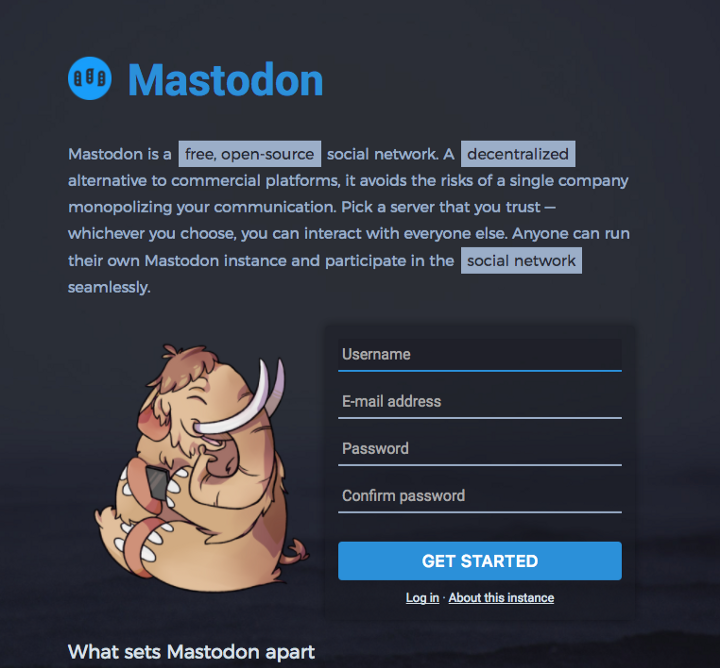
I can totally understand that would not be your first move, but while we are considering/discussing open source software-quick-installs, I am somewhere deep inside pretty sure that if we would unleash a usable twitter-like solution to the business world, it would work.
Organisation would totally make an internal twitter for their own needs, and I can imagine totally a large number of organisation adopting it.
Especially because Slack (and slack alternative) are attention suckers and can get really annoying to the point it’s becoming a nuisance to your productivity.
So a twitter-like interface but with all the privacy and control that goes along with hosting it yourself, would be very handy in many cases.
Especially with the growth of remote-workers…
Anyway, I’ll probably write a separate article on this matter.
So just that you know — it exists, it’s pretty awesome and you could use it for your company.
Helpy.io
Edit: Check Zammad - open source, multi lingual._
Last for today but not least — helpy.io is a great open source customer-service solution.
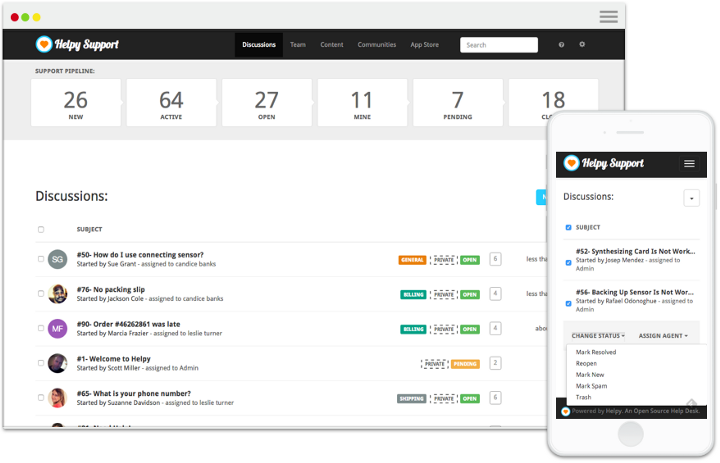
Tickets-system and customer-care are hot right now, and for a good reason — because people want you to be reactive to their demand, else they’ll take their dollar somewhere else or will simply curse you if they can’t go anywhere.
But good help-desk software can be expensive.
Zendesk and Freshdesk have the upper hand on the market but with a pricing-per-seat, it can get really expensive.
If you think of NGOs for instance, who could make some great use of their volunteer time for customer-care, but are on a tight budget… Zendesk is totally out of their budget.
Helpy.io is an open source solution (written in ruby for those who care about these kind of details) and honestly it’s awesome, the interface is super cool and it just make you feel like answering people’s request all day is the most interesting thing to do (think about it, at the age of remote workers — you might not want to invest in hype internal design for the office, but in the design of your internal company software, where most of your workers will spend time).
What else…
Probably more…
Actually more, but this article is getting longer than I thought so we’ll stop here — and what matter is the general logic behind all this :
OSS + self-hosting = cheaper and better than SaaS in many cases.
You can get the same for less and, on the top of that, you get the privacy control and the real ownership of the data, which you don’t have when it’s in a cloud that belong to somebody else.
Here come the TL;DR section:
- SaaS software is getting expensive as hell
- Having your own server is a fixed price and very affordable
- Open Source Online software can be use for most of daily operation in a business
- Hosting company who lost some market share because of SaaS have all the interest in the world to set up quick one-click-install and regain what they’ve lost by providing not just hosting but actual business solution